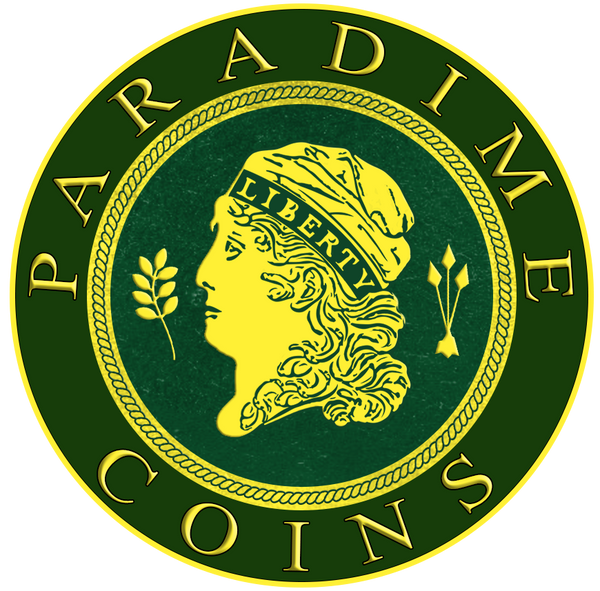1801 1C 3 Errors Reverse, BN
Share

The 1801 Draped Bust Cent, known for its "3 Errors Reverse" variety, is a fascinating coin for numismatists and collectors. This specific type, bearing the Brown (BN) finish in its regular strike, has captured the interest of collectors due to its rarity and historical nuances. Minted in the early days of the United States, the production processes were far from perfect, leading to interesting anomalies in the coinage.
Mint and Mintage
The 1801 Draped Bust Cent was minted in Philadelphia, the only mint at the time. Unlike today's precision, the early 1800s saw more variation in coin production, leading to unique variances in struck coins. According to PCGS CoinFacts, the estimated mintage of the 1801 cent is approximately 1,362,837 coins for all varieties. However, the "3 Errors Reverse" variety stands out due to its unique errors on the reverse side, making it significantly rarer.
PCGS Number As per PCGS CoinFacts #1461, the 1801 1C with the 3 Errors Reverse in BN condition holds a specific identification number within the PCGS system. Collectors and investors rely on this for authentication and grading purposes.
Description of the Errors The name "3 Errors Reverse" derives from the notable mistakes on the reverse side of the coin. These errors include incorrect or misaligned elements in the design, which could include lettering misplacements or flaws in the wreath design that are distinctly different from usual examples of the 1801 cent.
Historical Context and Numismatic
Interest From a historical standpoint, the Draped Bust series, designed by Robert Scot, represents an era of burgeoning self-identity for the young United States. The high relief and intricate design exemplify the artistry and challenges of early U.S. coinage. Numismatists are drawn to the 1801 cent not just for its age but for the story it tells about early American minting technology and the nation's economic development.
Rarity and Market Value
The rarity of the 1801 1C 3 Errors Reverse is amplified because it features mishaps that only occurred during a brief period of minting. This rarity drives its desirability, making it a prized possession for any coin collector. In terms of market value, recorded sales from reputable auction houses indicate fluctuations based on condition, rarity, and collector demand. High-grade examples, particularly those with clear error visibility, command premium prices. For instance, higher-grade specimens in recent years have fetched thousands of dollars at auctions, showcasing their investment potential and collector appeal.
Notable Sales While specific sales data varies, notable auctions have seen 1801 1C examples selling for impressive sums, reflecting the coin's historic and numismatic significance. The sale prices are influenced not only by the coin's condition and error prominence but also by its provenance or collector interest at the time of sale. The 1801 Draped Bust Cent with the 3 Errors Reverse is a remarkable piece of Americana, capturing an era of great importance and showcasing the infancy of American numismatic artistry. Its rarity and historical context make it a continually sought-after gem in the coin-collecting community.





